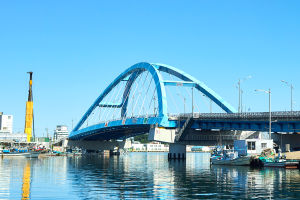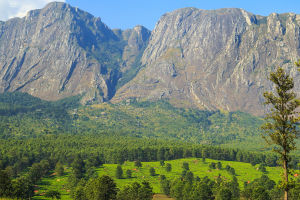You know that moment when you glance up and the night sky catches you completely off guard—millions of stars staring back? That's what I was chasing in South America.
But when it came down to it, I couldn't decide: Bolivia's Salar de Uyuni or Chile's Atacama Desert? Both offer world-class stargazing, but in very different ways.
If you're trying to choose between these two surreal destinations, especially for a stargazing or night photography trip, here's what you need to know—beyond the postcards and social media reels.
Location Shapes the Experience
Let's start with geography, because location sets the tone for everything—weather, accessibility, and even how the stars appear.
Salar de Uyuni sits at over 11,900 feet (3,650 meters) in southwest Bolivia. It's the largest salt flat on Earth, covering 4,000+ square miles. When it rains (typically January–March), a thin layer of water turns it into a mirror, reflecting the night sky in a way that feels like walking through space.
By contrast, Atacama lies further south in northern Chile, tucked between the Andes and the Pacific. It's often called the driest desert in the world, with places that haven't seen rain in decades. That dryness means ultra-clear skies—perfect for telescopes and long-exposure shots.
Quick distinction:
• Salar de Uyuni = reflection + surrealism
• Atacama Desert = clarity + deep-sky viewing
Best Season, Light, and Sky Conditions
Both spots offer incredible views—but timing matters a lot.
For Salar de Uyuni:
• Best time for reflection photos: January to early March (wet season).
• Best time for clear-sky stargazing (no water): April to October (dry season).
• During the wet season, clouds are more common, which can block stargazing, but when the sky clears, you'll get that rare double-sky effect.
For Atacama:
• Year-round stargazing. Seriously—it's one of the few places where more than 300 nights a year are cloud-free.
• Avoid times close to the full moon, unless you want brighter foregrounds.
• Visit during April to October for the clearest Milky Way views.
Light pollution is minimal in both places, but Atacama is slightly better for deep-sky clarity, thanks to its altitude and dry air. That's why so many international observatories—like ALMA and Paranal—are based there.
Getting There: Which Is Easier?
This part may sway you more than the stars.
To reach Salar de Uyuni:
1. Fly into La Paz or Santa Cruz, Bolivia.
2. Take a domestic flight to Uyuni (1 hour from La Paz; around $80–100 USD one-way).
3. From Uyuni town, you'll need a 4x4 tour to access the flats—guided trips start at $25–40 USD per person for a half-day, and go up to $150+ USD for multi-day tours including remote lagoons.
To reach Atacama:
1. Fly into Calama, Chile (usually via Santiago).
2. From Calama, it's a 1.5-hour drive or shuttle to San Pedro de Atacama, the desert town that serves as your base.
3. Stargazing tours from town start at $25–35 USD, and most include telescopes and expert guides.
Bottom line:
• Atacama is easier to reach and explore independently.
• Uyuni takes more effort but rewards you with a more remote, off-the-grid feeling.
Travel Budget: What You'll Spend
Both countries are relatively affordable, but there are key differences in cost and travel style.
Salar de Uyuni trip (3–4 days):
• Basic tour package: $120–200 USD, including food, 4x4, and basic lodging.
• Mid-range hotels: $40–60 USD/night in Uyuni town (note: choices are limited).
• Meals: $5–10 USD, mostly Bolivian home-style dishes.
• Transportation: Domestic flights are often the most expensive part.
Atacama trip (3–4 days):
• Accommodation in San Pedro: Hostels from $25 USD, boutique hotels $60–120 USD/night.
• Stargazing tour: $25–40 USD for group experiences with telescopes.
• Excursions to other desert sites (Valle de la Luna, El Tatio Geysers): $35–80 USD each.
• Meals: Trendy cafés and restaurants, mostly $8–15 USD per person.
Atacama can be more tourist-oriented and polished, while Uyuni still feels like a raw adventure.
Who Should Choose Which?
Still not sure? Think about your travel goals and how you like to move.
Choose Salar de Uyuni if you want:
• That once-in-a-lifetime sky mirror photo
• A rugged, remote experience
• Less light pollution and fewer tourists
• Landscape photography that blends water, salt, and surrealism
Choose Atacama Desert if you want:
• Access to high-powered telescopes and guided astronomy
• Better infrastructure, cute town base, and wider excursion options
• Year-round sky watching reliability
• To see galaxies, nebulae, and constellations with precision<
If your priority is being part of the stars, Atacama's clarity wins. If you want to feel like you're standing in them, nothing compares to Uyuni after a good rain.
Some places give you pretty views. Others make you feel small in the best possible way.
The Salar and Atacama both do that—but differently. One reflects your silhouette among stars. The other shows you just how infinite the universe really is.
So which will you choose for your night with the cosmos?

